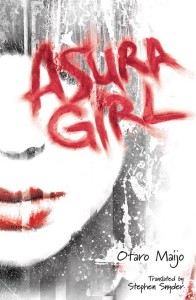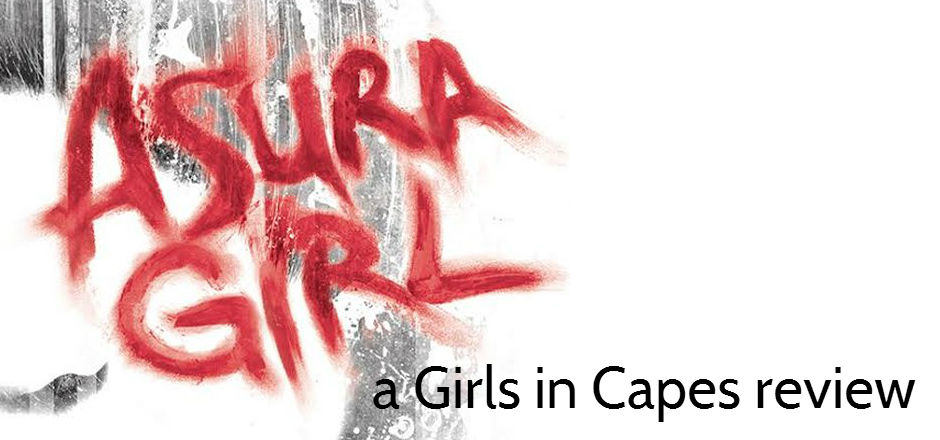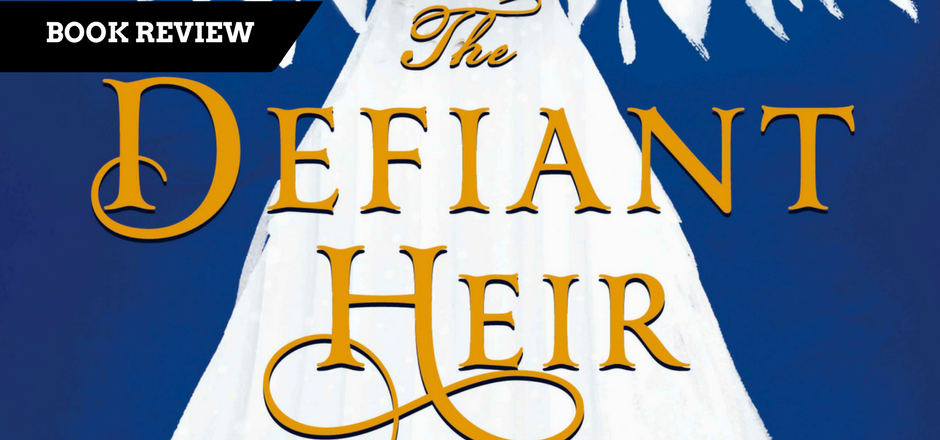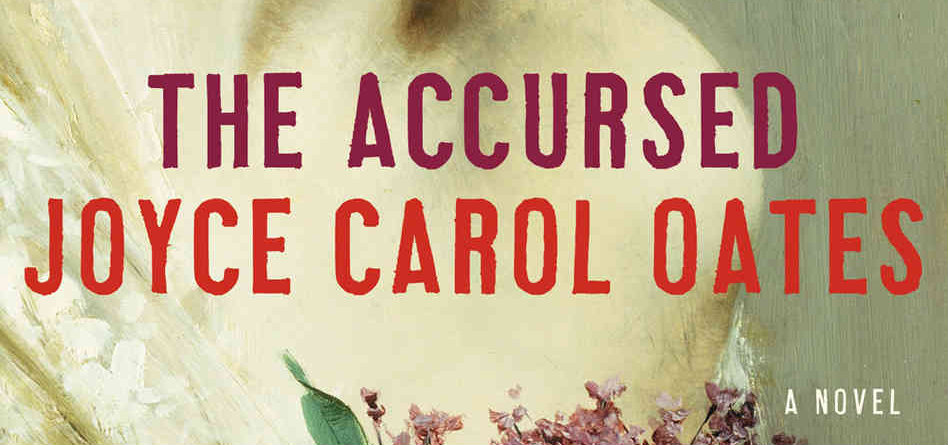 Aiko is a high school girl whose world is, quite frankly, kind of shitty. She has casual sex because she doesn’t understand what love is supposed to feel like. She’s surrounded by casual violence, made worse by an Internet forum called the Voice of Heaven that calls for attacks on individuals and even entire neighborhoods. A serial killer called the Round-and-Round Devil is committing grotesque murders of children. And with a call for her own murder posted on Voice of Heaven, there’s a lot more to worry about in Aiko’s future.
Aiko is a high school girl whose world is, quite frankly, kind of shitty. She has casual sex because she doesn’t understand what love is supposed to feel like. She’s surrounded by casual violence, made worse by an Internet forum called the Voice of Heaven that calls for attacks on individuals and even entire neighborhoods. A serial killer called the Round-and-Round Devil is committing grotesque murders of children. And with a call for her own murder posted on Voice of Heaven, there’s a lot more to worry about in Aiko’s future.
Asura Girl opens with Aiko reflecting, in the first person, on the loss of her self-respect because she’s just had sex with a boy in her class out of sheer curiosity, and he ended up being a creep. Needless to say, this is sort of an odd start to a book, especially one that — based on its description — I’d assumed was supposed to be aimed at a young adult reader.
I realized by the end of the third page that this book definitely wasn’t intended for what the US considers the teen market, though I wouldn’t be overly shocked if it worked for the Japanese market. The language is rough the way a scrappy teenager’s language is always rough, and the violent and sexual content makes it much better for older audiences.
The book is easy to follow until about halfway through, at which point the style of writing goes from linear (if a bit harsh) to surreal and bizarre. The style is pretty literary at this point, but its non-linear format and, frankly, the plain weirdness of what happens starts to make the reader’s experience unravel.
Another difficult part of the book, which could be said of most translations, involves Aiko’s frequent references to celebrities. Aiko seems to be a fan of both Japanese and American entertainment — but Asura Girl was originally published in 2003, making some of her film references a little odd and obscure, especially for American readers who aren’t familiar with Japanese TV personalities.
In the end, I feel like I gained quite a lot from reading Asura Girl, especially when the reasoning behind the title’s name is revealed, but I also felt confused, and surrealism is really not a style I have any interest in. This book may be better as the sort of title you borrow from the library and give back when you finish.
Asura Girl is certainly on the literary end of things, and its surreal and offbeatwriting style can either be very appealing or very off-putting for readers. I would not recommend this to a young adult audience, but would recommend that fans of violent and literary books like Battle Royale give this one a try.
3 out of 5 stars
—
Feliza Casano is a fan of very dark books as well as editor in chief at Girls in Capes. She writes for all sections of the site, and she’s the one behind GiC’s Facebook and Twitter. Follow her on Twitter @FelizaCasano.
For more on dark books, read about Feliza’s weird obsession with the novel Battle Royale, also out from Haikasoru, or check out our January 2015 book club selection.





